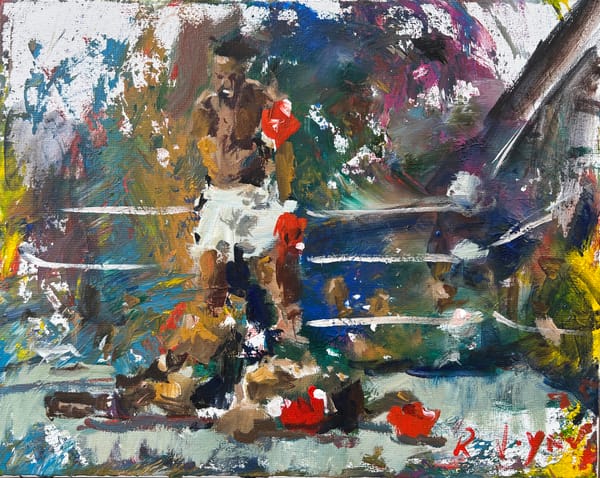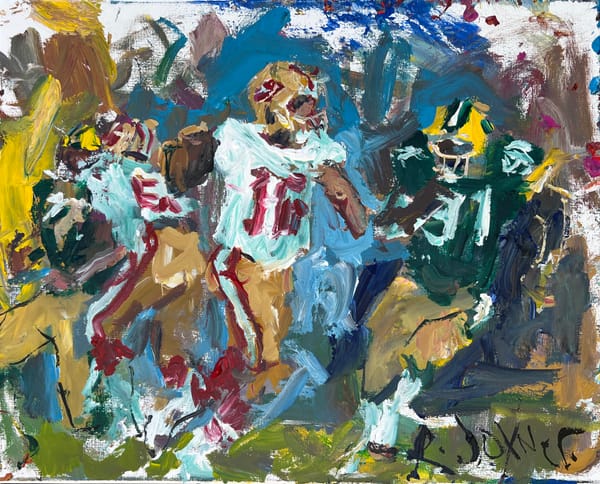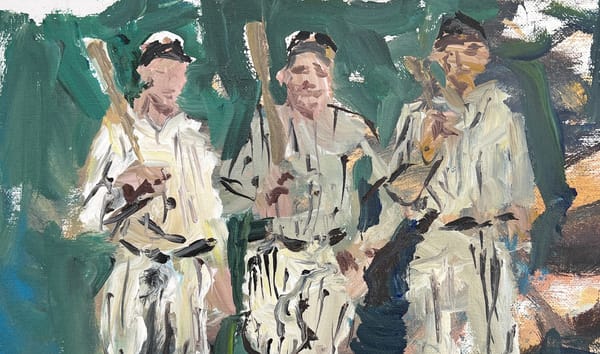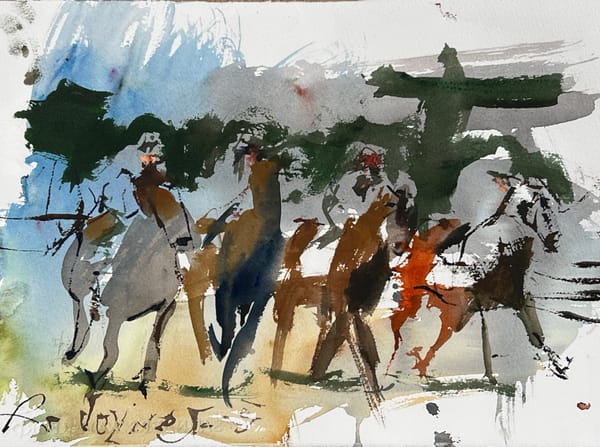Discover How to Turn Bad Art into Abstract Landscape Artwork
Learn how to turn bad art into stunning abstract landscape paintings. The perfect way to up-cycle your inferior art into masterpieces.
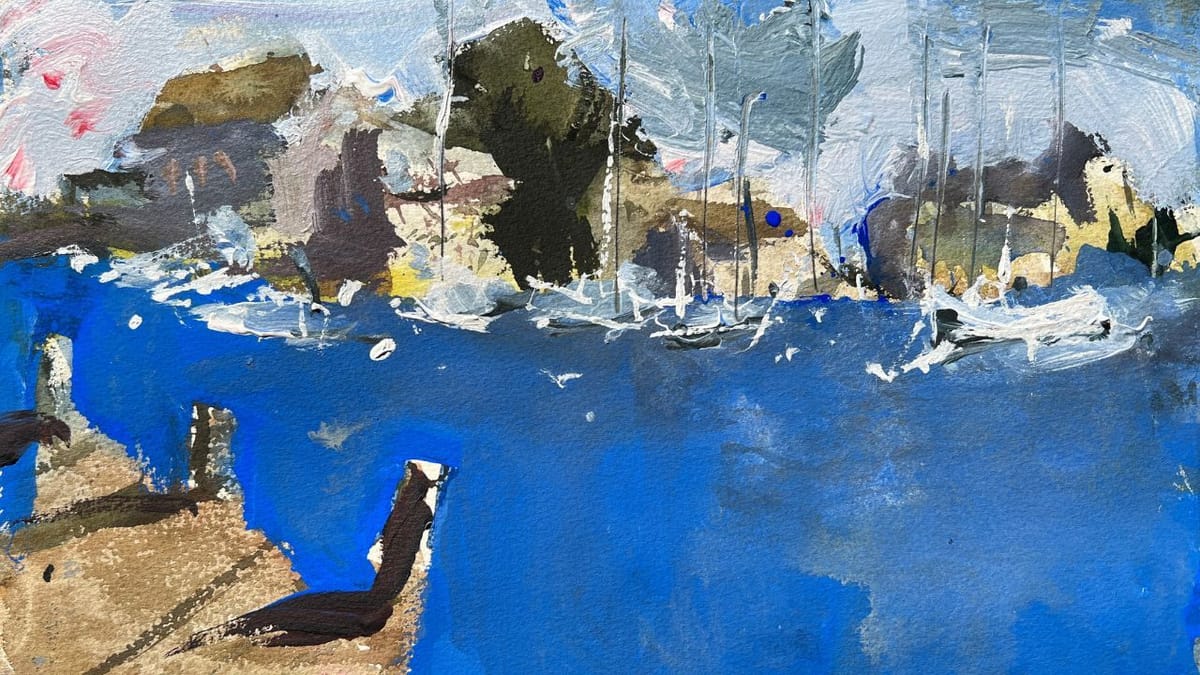
In this guide, we’ll delve into the art of transforming inferior watercolor paintings into stunning works of art using acrylic paint and creative vision. Art, in all its forms, is a powerful medium of expression that allows us to channel our emotions, thoughts, and creativity onto a canvas. However, not every stroke of the brush results in a masterpiece. Sometimes, we end up with a painting that falls short of our artistic aspirations.
But fear not! Rather than relegating these less-than-perfect pieces to obscurity or the depths of a storage closet, consider a fascinating alternative: up-cycling bad art into captivating abstract landscape paintings.
Step-by-Step Guide to Up-cycling Bad Art into Abstract Landscape Paintings
Step 1: Assess and Plan
Begin by examining your inferior watercolor painting. Take note of the elements you’d like to retain or incorporate into your abstract landscape. Look for shapes, textures, and colors that can serve as a foundation for your new creation. Consider the mood you want to convey through the final piece.
Step 2: Select a Focal Point
Identify a focal point for your abstract landscape. This could be a mountain range, a serene lake, or even an imagined cityscape. Selecting a focal point helps guide your artistic decisions and creates a sense of coherence in your composition.
Step 3: Layering with Acrylic Paint
Start applying acrylic paint over the watercolor base. Acrylics are great for layering, as they have excellent opacity. Use a light touch and build up the layers gradually, allowing some of the underlying watercolors to peek through. This interaction between the watercolors and acrylics adds depth and intrigue to your artwork.
Step 4: Play with Texture
Experiment with different brush strokes, palette knife techniques, and even unconventional tools to add texture to your painting. Texture adds tactile interest and visual depth to your abstract landscape.
Step 5: Embrace Color Harmonies
Explore color harmonies that complement the existing watercolors. This might involve selecting analogous colors or creating bold contrasts to infuse energy into your artwork. Don’t be afraid to let your creativity run wild and push the boundaries of your color palette.
Step 6: Details and Highlights
As you progress, add details to your landscape to enhance its visual appeal. Highlights on the peaks of mountains, reflections in water bodies, and accents on buildings can make your abstract landscape come alive.
Step 7: Final Touches
Step back and assess your creation. Make any necessary adjustments, refine details, and ensure that your vision has been effectively translated onto the canvas.
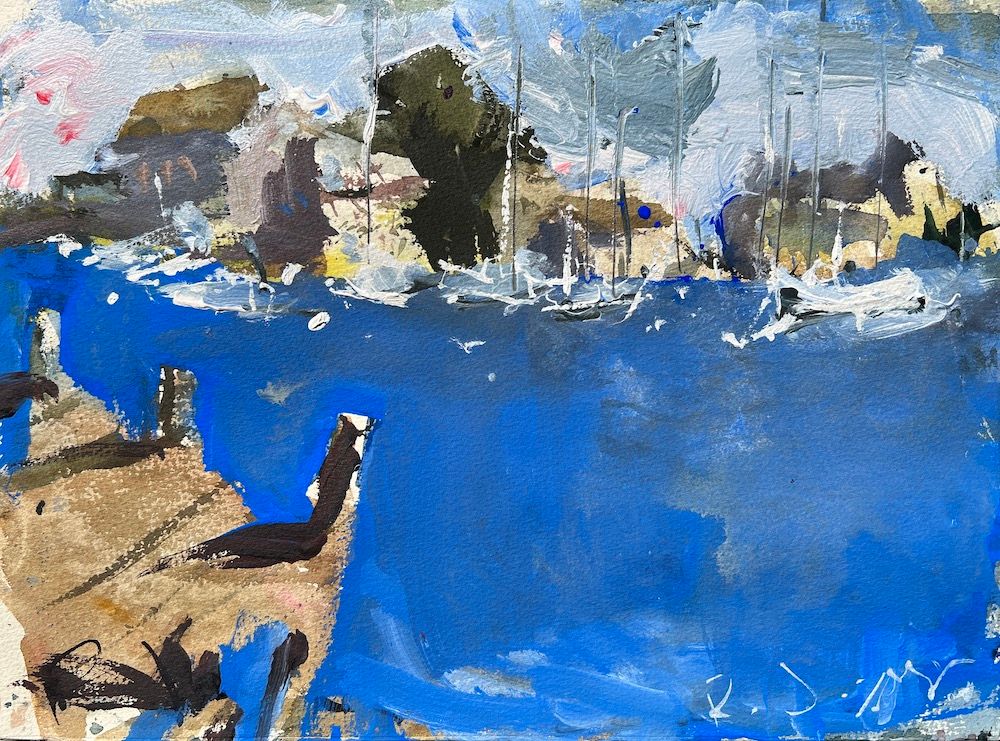
The Concept Behind Up-cycling
Up-cycling is a concept that encourages the transformation of discarded or unused items into something of higher value. Applied to art, up-cycling allows us to reimagine and reinvent existing paintings that might not meet our initial expectations. It’s a process that not only reduces waste but also fosters artistic growth and experimentation. By starting with a less-than-satisfactory watercolor painting, you’re presented with a blank canvas imbued with history, emotion, and untapped potential.
Materials You’ll Need
Before diving into the creative process, gather the necessary materials:
- Inferior Watercolor Painting: Your starting point. This could be a piece you created yourself or perhaps a thrift store find.
- Acrylic Paints: These are versatile and ideal for layering over watercolors.
- Paintbrushes: Different sizes and shapes for various effects.
- Palette: To mix and blend your acrylic colors.
- Water and Rags: For cleaning brushes and making adjustments to your painting.
- Canvas or Paper: A fresh surface to work on if you decide to transfer your upcycled art.
Preserving and Showcasing Your Upcycled Art
Once your abstract landscape masterpiece is complete, you have several options:
- Display It: Proudly hang your inferior artwork in your living space, studio, or office. It’s a testament to your creativity and a conversation starter.
- Transfer to Canvas: If your rejected piece was created on paper, consider transferring it onto canvas for greater durability and framing possibilities.
- Keep Evolving: Even if you’re satisfied with your current creation, keep the spirit of upcycling alive. Store any unused or unsatisfactory pieces for potential future transformations.
- Gift or Sell: Your upcycled art might be a unique gift for a friend or family member, or even something you could sell to art enthusiasts who appreciate the story behind it.
Conclusion
Turning bad art into captivating abstract landscape paintings is a testament to the endless possibilities that lie within the creative process. By up-cycling, you’re not only preserving memories and emotions embedded in the original work, but you’re also expanding your artistic horizons.
Embrace the journey of transformation, and remember that art is not only about the destination but the exhilarating path you take to get there. So, the next time you find yourself dissatisfied with a watercolor painting, don’t discard it—up-cycle it into a breathtaking abstract landscape that tells a unique story of artistic growth and resilience.
